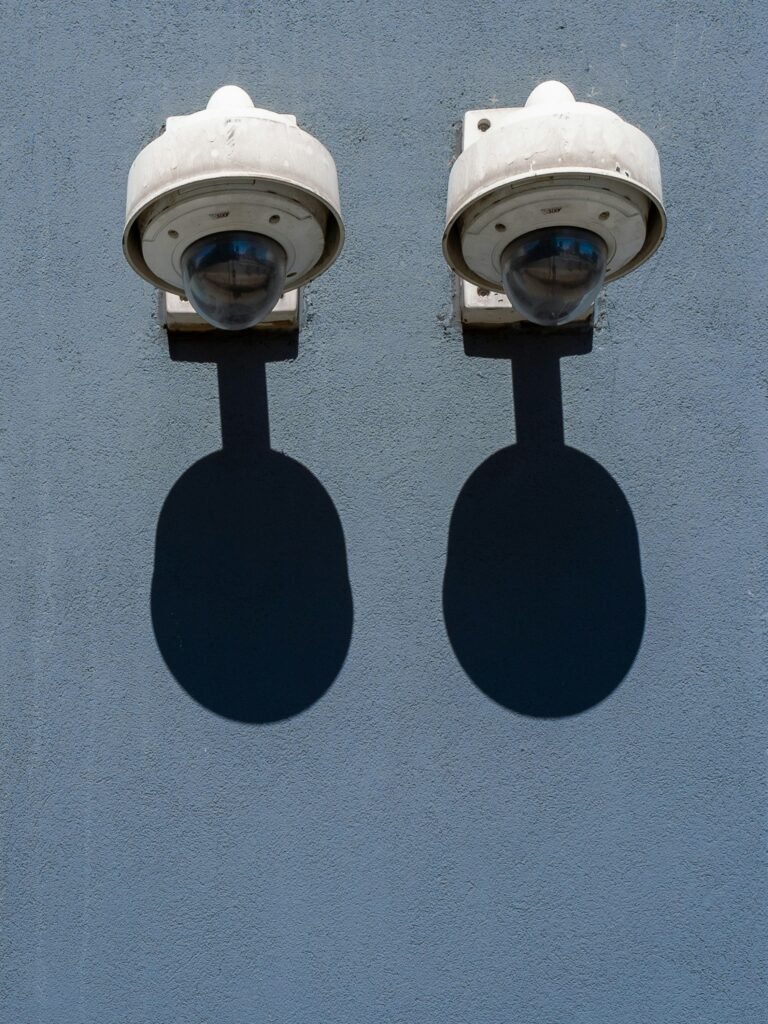News
What Hollywood Gets Dead Wrong About Witness Protection
Witness protection—a phrase that conjures images of mysterious briefcases, quick getaways, and families suddenly living the high life in sun-soaked suburbia. Thanks to decades of Hollywood scripts, many people believe the program hands you a new name, a new mansion, a stack of cash, and a future free from worry or consequence. The reality? For most, it’s not even close.

No Mansions, No Sports Cars, No Suitcases Full of Cash
Contrary to what the movies suggest, entering the witness protection program rarely comes with financial windfalls or luxury perks. When Jackee Taylor, whose real name isn’t Jackee, was taken into the program at age seven, her family didn’t move to a lavish house. They landed in a dingy motel in Montana, arriving from Florida in summer clothes, shivering through months of snow, and scraping by on meager government allowances. Instead of receiving every comfort, families often struggle with bare essentials, sometimes spending their last dollars on food or winter coats.
Family Erased, Not Just Relocated
Most Hollywood depictions gloss over the pain and isolation of cutting all ties with family and friends. For Jackee, the government demanded her mother return to a dangerous husband to ensure compliance, all for the sake of secrecy and security. Children, especially, are forced to lose contact with beloved relatives and are denied counseling to navigate that trauma. The program didn’t help them heal—it insisted on silence. Even the simple act of speaking to grandparents became a covert operation; for many, the loneliness lasts a lifetime.
A Life Built on Secrecy—And Lies
While movies revel in action-packed escapes, the everyday reality is that kids like Jackee grow up practicing new names and mastering a life built on deception. Being told to lie for survival changes a child’s entire mental landscape. Teachers, friends, and community members rarely believe the truth, leading to second-guessing, emotional isolation, and serious difficulties in identity formation. For many, like Jackee, this pressure results in misdiagnosis, misbehavior, and sometimes destructive coping mechanisms.
Bureaucracy, Not Security
Hollywood loves the idea of witness protection as an impenetrable shield, but in reality, participants frequently face bureaucratic nightmares. Jackee’s family struggled for years to get basic documentation—birth certificates were refused, Social Security numbers were mismatched, and getting married or applying for a job often became insurmountable tasks. The promise of “protection” sometimes means losing access to real opportunities, complicating things like college admission, tax filings, health insurance, or Medicaid for children.
Generational Fallout and Lack of Support
Films skip over the ripple effect that witness protection creates for families, especially children who never get to choose this life. Jackee’s story illustrates how unresolved trauma, government paperwork chaos, and lack of counseling can haunt families for generations. With no oversight committee and almost no recourse, many like Jackee have had to advocate for themselves and others, forming support networks and pushing for congressional hearings to address historic and ongoing failures in the system.
Conclusion: The Real Story Hollywood Never Tells
Witness protection isn’t what the movies say it is. It’s not fancy, fast, or fail-proof. It’s lonely, stressful, and full of practical hardships no scriptwriter ever imagines. For survivors like Jackee, the hope is not for a Hollywood ending, but for honest reform and dignity for those still lost in the system’s shadows.